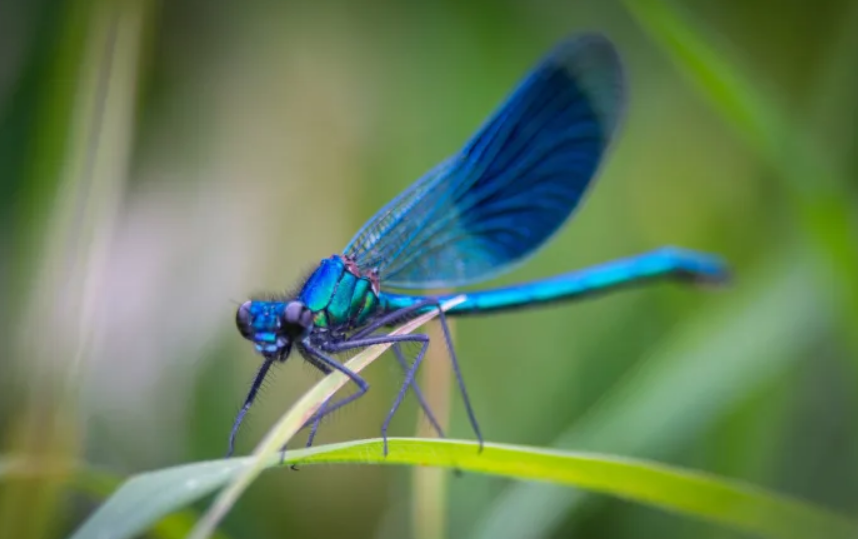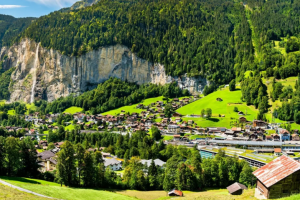It was 10 years ago that I first saw it. A worn, mossy-edged wooden sign hung on a fence post with ivy hanging from it, just a few miles from my house.
It is a route marker for the Thames Path, the 185-mile National Trail that winds along England’s longest river. It begins at the source of the Thames in a nondescript meadow in the Cotswolds, passes through the medieval towns and hamlets of Wiltshire, Gloucestershire and Oxfordshire, through the clay and chalk of Chiltern in Buckinghamshire, past my home on the edge of Windsor in Berkshire, and after a brief meander through Surrey, skirts the City of London, crosses the flood barrier and ends as the river empties into the sea.

I signed up for a trip called “Slow Walk”, which gave me the opportunity to walk a week-long stretch of road in comfort. It also gave a new experience about a river that I knew well.
Gone are the days when I would pack a light rucksack and tent and walk and camp for a little over a week.
On our first day we headed to Abingdon, considered by some to be the oldest town in England, not far from the hotel where we were staying . As I meandered through the streets of Oxford we passed some literary icons – the door of St Mary’s Passage said to have inspired CS Lewis’s wardrobe to Narnia, and the clock of Tom Tower which Lewis Carroll reduced to the pocket watch of the White Rabbit in Alice in Wonderland – until finally I reached the right place. -until finally I reached the right path and began my journey to the river unlike any other.
While leaving the university buildings by the trail and crossing the edge of Longbridge Nature Park, rowers are seen paddling past us on the river. Every spring thousands of snakehead mussels bloom here, washing the long green grass and bracken into a sea of pink and white flowers. It is a well-preserved section of ancient landscape that can be seen all the way along this waterway.
As I continued on, female flies surrounded us, their iridescent wings glistening in the dappled light. That day we strolled from the disused train line past the old railway bridge and through Kennington Meadows: home to water voles, otters and lots of fireflies after nightfall. We picnicked on Rose Island, where willow trees are planted and soft wood is used to make wheelbarrows and furniture. We ended the day at a pub on the edge of Abingdon.
We celebrated our first day of walking with a delicious drink – my cold beer – and then took the bus back to our hotel and comfortable bed.

We start the next day with a bus at the starting point: our destination is Golin. All that remains of this area is the earthwork fortress and Bailey Castle that once stood here.
Although I think it is as old as the waterways, the official road was not opened until 1996. Before then, access along the river became increasingly difficult. There was a bridleway, but because of the encroachment of private homes on the riverbank in past decades, pedestrians needed to keep turning from one bank to the other. This used to be done by ferry and it was almost impossible to follow the river from its source to the sea.











